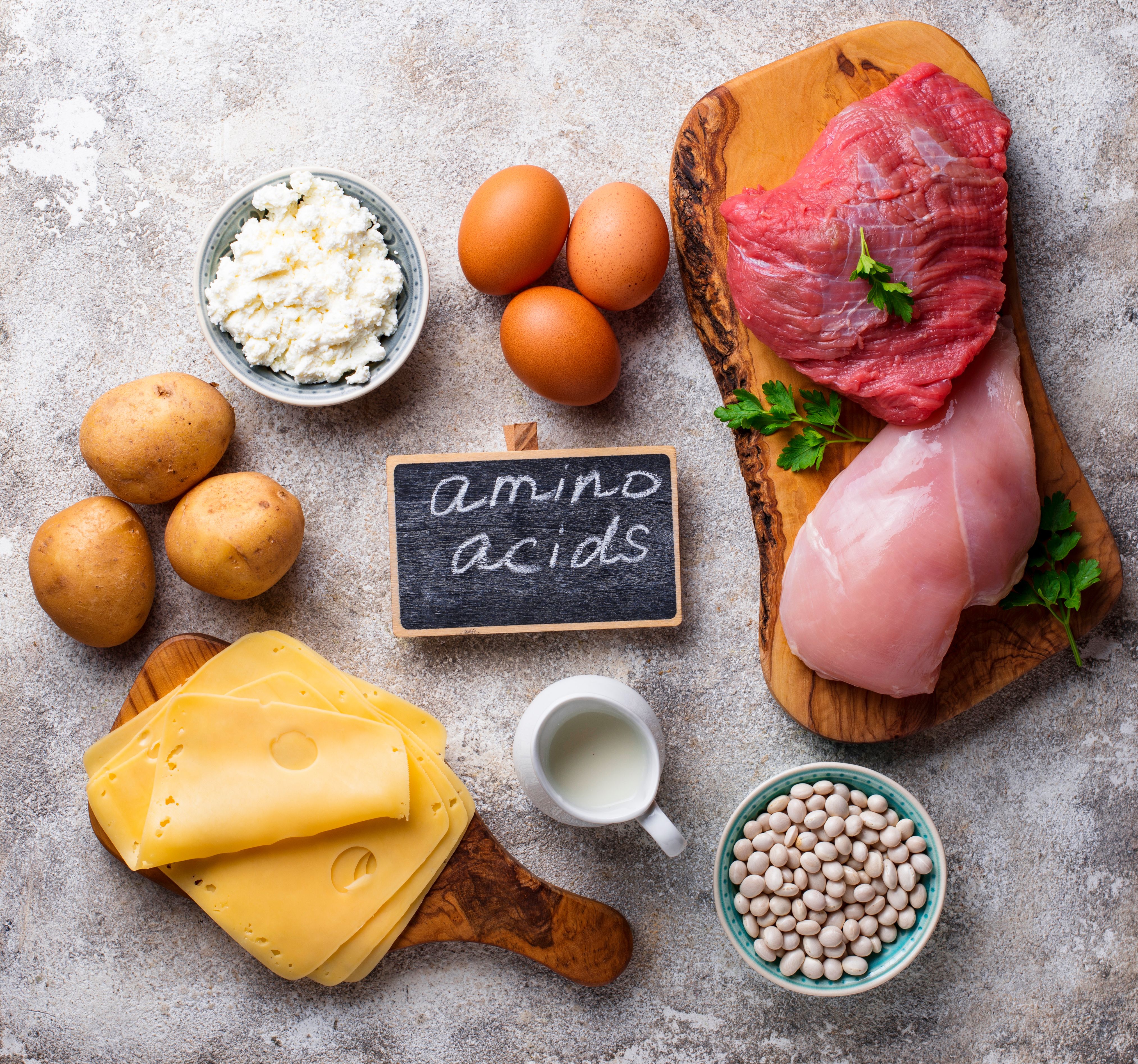New HPLC-UV Method Detects Amino Acids in Foods with High Precision
Researchers have developed a highly sensitive and cost-effective HPLC-UV method for simultaneously detecting 36 D/L-amino acids in foods, opening new avenues for food quality control and shedding light on the significance of D-amino acids in nature.
In a recent study conducted at South China University of Technology, researchers Li Gao, Piao Xu, and Jiaoyan Ren have introduced a highly sensitive and cost-effective method for simultaneously determining the D/L-amino acid profile in foods. Published in the journal Food Chemistry, the study's findings have renewed implications for food quality control and the understanding of amino acids' role in nature (1).
Products rich in amino acids. | Image Credit: © Yulia Furman - stock.adobe.com

The new method relies on high performance liquid chromatography with ultraviolet detection (HPLC-UV) and utilizes 1-fluoro-24-dinitrophenyl-5-l-alanine amide (FDAA) derivatization to detect 36 D/L-amino acids. What sets this method apart is its sensitivity, coupled with lower costs compared to other HPLC-based approaches.
The researchers validated the method, demonstrating its reliability with a broad linear range (8–1000 µmol/L), limits of detection (2.68–62.44 pmol/L), limits of quantification (2.93 to 208.13 pmol/L), and high precision (0.30% − 5.31% intraday and 1.96% − 8.04% interday). Furthermore, the method exhibited accuracy, with results ranging from 86.53% to 121.46% (1).
The real-world application of this method extended to the determination of D/L-amino acids in both fermented and unfermented food type materials. The findings revealed unique amino acid profiles for each type of food, demonstrating their distinct chemistries. Additionally, the method demonstrated exceptional performance in distinguishing different types of food materials based on their D/L-amino acid profiles.
Until recently, D-amino acids, which mirror their L-counterparts in structure but differ in spatial arrangement, received relatively little attention in the field of biochemistry. This disparity arose from the belief that D-amino acids were not commonly found in nature and did not participate in essential biological processes.
However, this study's findings challenge that notion, highlighting the potential significance of D-amino acids in food composition and quality. By leveraging this new method, researchers can delve deeper into the distribution, abundance, and roles of D-amino acids in various food products, paving the way for improved food quality control, understanding, and nutritional analysis.
This research may offer new insights into the composition of a wide range of foods and their nutritional value. This new method promises to be a valuable tool for both food scientists and the food industry, ultimately leading to better-informed decisions about the quality and composition of the foods we consume.
This article was written with the help of artificial intelligence and has been edited to ensure accuracy and clarity. You can read more about our policy for using AI here.
Reference
(1) Gao, L.; Xu, P.; Ren, J. A Sensitive and Economical Method for Simultaneous Determination of D/L-Amino Acid Profiles in Foods by HPLC-UV: Application in Fermented and Unfermented Foods Discrimination. Food Chem. 2023, 410, 135382. DOI: 10.1016/j.foodchem.2022.135382
Investigating 3D-Printable Stationary Phases in Liquid Chromatography
May 7th 20253D printing technology has potential in chromatography, but a major challenge is developing materials with both high porosity and robust mechanical properties. Recently, scientists compared the separation performances of eight different 3D printable stationary phases.
Characterizing Polyamides Using Reversed-Phase Liquid Chromatography
May 5th 2025Polyamides can be difficult to characterize, despite their use in various aspects of everyday life. Vrije Universiteit Amsterdam researchers hoped to address this using a reversed-phase liquid chromatography (RPLC)-based approach.
New Method Explored for the Detection of CECs in Crops Irrigated with Contaminated Water
April 30th 2025This new study presents a validated QuEChERS–LC-MS/MS method for detecting eight persistent, mobile, and toxic substances in escarole, tomatoes, and tomato leaves irrigated with contaminated water.
University of Tasmania Researchers Explore Haloacetic Acid Determiniation in Water with capLC–MS
April 29th 2025Haloacetic acid detection has become important when analyzing drinking and swimming pool water. University of Tasmania researchers have begun applying capillary liquid chromatography as a means of detecting these substances.

.png&w=3840&q=75)

.png&w=3840&q=75)



.png&w=3840&q=75)



.png&w=3840&q=75)






